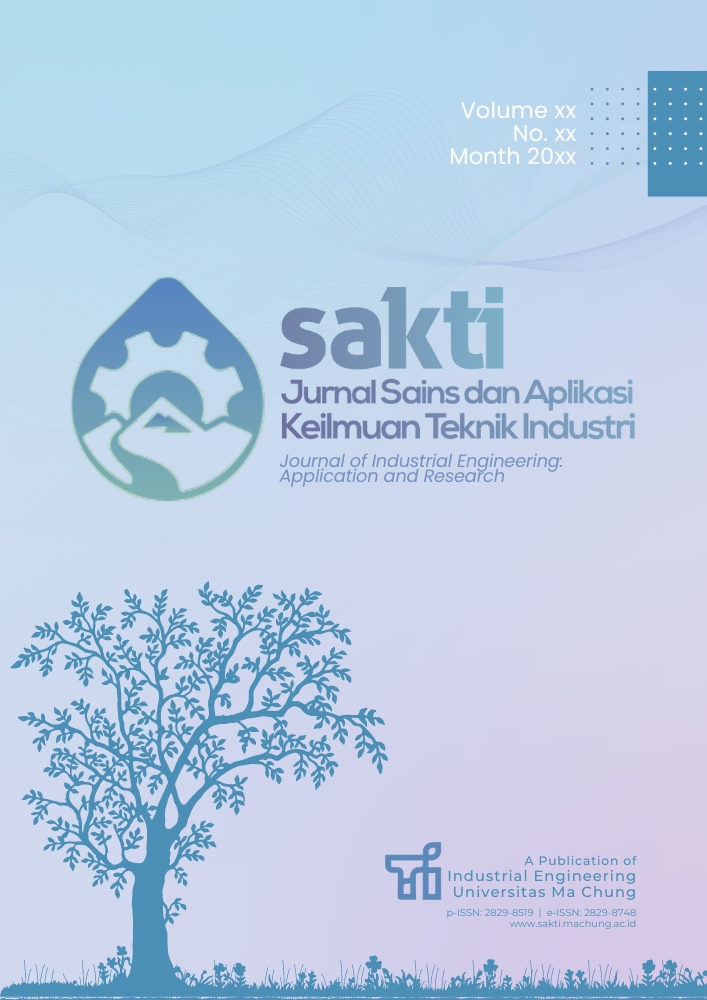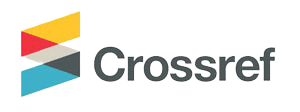Analisis Perancangan Usaha Pemanfaatan Limbah Produksi Tempe di UMKM Amanah Sanan Malang
DOI:
https://doi.org/10.33479/jtiumc.v1i2.13Keywords:
Business design analysis, Financial evaluation, Nata de soya, Soybean waste, Tempeh flourAbstract
This research aims to minimize waste and increase revenue by utilizing soybean waste in the form of soybean skins and cooking water to produce Tempeh flour and Nata de soya. The study was conducted at Amanah where approximately 50-60 kg of solid waste and more than 45 liters of liquid waste are generated every day. The waste was collected, analyzed, and processed using a business design analysis method. Data were collected through interviews and observations with the owner of Amanah. The financial aspect of the business plan was evaluated using the payback period (PP), net present value (NPV), and internal rate of return (IRR). The results showed that the business plan had a PP of 2.58 years and was considered feasible with an NPV of $42,321,728.56 and an IRR of 56%, which is higher than the minimum acceptable rate of return (MARR) of 17.1%. This research provides a solid foundation for Amanah to develop the project further in the future. Therefore, this study is expected to be useful for other Tempeh industries that want to minimize waste and increase their revenue through waste utilization.
References
Arief, M. 2016, Pengolahan limbah industry, Andi Offset, Yogyakarta.
Badan Pusat Statistik. 2020, Jumlah Penduduk Kota Malang Rentan Usia 17-60 Tahun, https://malangkota.bps.go.id/dynamictable/2019/05/15/20/jumlah penduduk di-kota-malang-menurut-kelompok-umur-dan-jenis-kelamin-2011-2020.html, diakses 20 Januari 2021.
Madu, C. 2001, Sustainable Manufacturing, Pace University. New York.
Marom, A. 2013, Pengaruh penggunaan tepung kulit ari biji kedelai sebagai bahan substitusi terhadap kualitas choux pastry kering, Tugas Akhir, jurusan teknologi jasa dan produksi, Universitas Negri Semarang.
Prihantoro, S. 2019, Pemanfaatan limbah tahu menjadi krupuk dan nata de soya dengan bakteri acetobacter xylium. Jurnal Pendidikan kimia. Jakarta
Rizal, R. 2017, Manufaktur Keberlanjutan Dan Manufaktur Hijau, edisi 3, LPPM Universitas Veteran, Jakarta.









